Related Research Articles

Ornithology is a branch of zoology that concerns the study of birds. Several aspects of ornithology differ from related disciplines, due partly to the high visibility and the aesthetic appeal of birds. It has also been an area with a large contribution made by amateurs in terms of time, resources, and financial support. Studies on birds have helped develop key concepts in biology including evolution, behaviour and ecology such as the definition of species, the process of speciation, instinct, learning, ecological niches, guilds, island biogeography, phylogeography, and conservation.
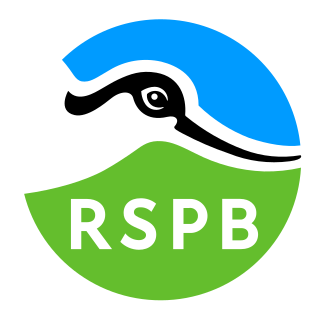
The Royal Society for the Protection of Birds (RSPB) is a charitable organisation registered in England and Wales and in Scotland. It was founded in 1889. It works to promote conservation and protection of birds and the wider environment through public awareness campaigns, petitions and through the operation of nature reserves throughout the United Kingdom.

Birdwatching, or birding, is the observing of birds, either as a recreational activity or as a form of citizen science. A birdwatcher may observe by using their naked eye, by using a visual enhancement device like binoculars or a telescope, by listening for bird sounds, or by watching public webcams.
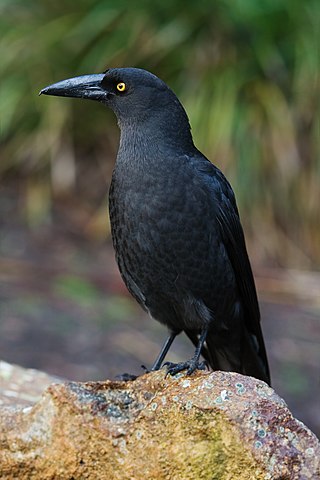
Currawongs are three species of medium-sized passerine birds belonging to the genus Strepera in the family Artamidae native to Australia. These are the grey currawong, pied currawong, and black currawong. The common name comes from the call of the familiar pied currawong of eastern Australia and is onomatopoeic. They were formerly known as crow-shrikes or bell-magpies. Despite their resemblance to crows and ravens, they are only distantly related to the corvidae, instead belonging to an Afro-Asian radiation of birds of superfamily Malaconotoidea.

The pied currawong is a black passerine bird native to eastern Australia and Lord Howe Island. One of three currawong species in the genus Strepera, it is closely related to the butcherbirds and Australian magpie of the family Artamidae. Six subspecies are recognised. It is a robust crowlike bird averaging around 48 cm (19 in) in length, black or sooty grey-black in plumage with white undertail and wing patches, yellow irises, and a heavy bill. The male and female are similar in appearance. Known for its melodious calls, the species' name currawong is believed to be of indigenous origin.
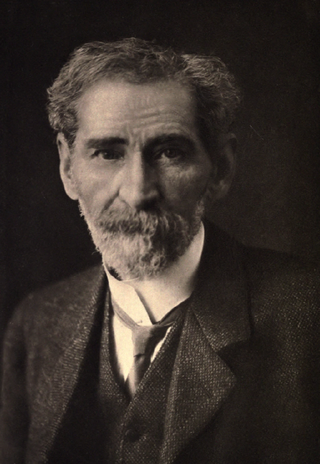
William Henry Hudson, known in Argentina as Guillermo Enrique Hudson, was an Anglo-Argentine author, naturalist and ornithologist.

The British Trust for Ornithology (BTO) is an organisation founded in 1932 for the study of birds in the British Isles. The Prince of Wales has been patron since October 2020.
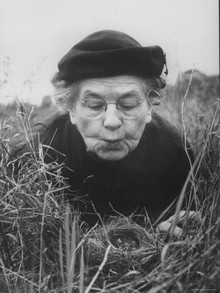
Margaret Morse Nice was an American ornithologist, ethologist, and child psychologist who made an extensive study of the life history of the song sparrow and was author of Studies in the Life History of the Song Sparrow (1937). She observed and recorded hierarchies in chicken about three decades ahead of Thorleif Schjelderup-Ebbe who coined the term "pecking order". After her marriage, she made observations on language learning in her children and wrote numerous research papers.
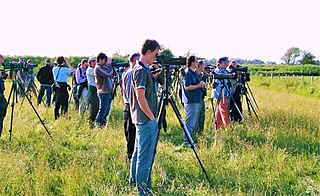
Twitchers' vocabulary is the set of jargon words used by twitchers. Some terms may be specific to regional birding communities, and not all are used due to dialectic and cultural differences.
Country Diary is a daily natural history column in the English newspaper The Guardian, first published in November 1906. It is also now freely available on the newspaper's website. Past and present contributors include Pete Bowler, Arnold Boyd, Mark Cocker, Thomas Coward, Harry Griffin, Jim Perrin, Sarah Poyntz, Arthur Ransome, Enid J. Wilson, Simon Ingram and Paul Evans.
Jeremy John Denis Greenwood CBE is a British ornithologist and was Director of the British Trust for Ornithology (BTO) from 1988 until he retired in September 2007.
Donald Ian Mackenzie Wallace, known as Ian Wallace, D.I.M. Wallace, or by his initials DIMW, was a British birder, author and artist.
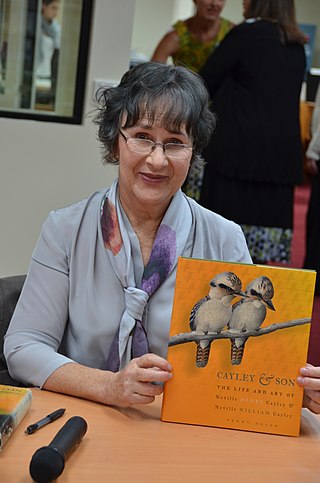
Penelope Diane Olsen is an Australian ornithologist and author.
Wilson Roy Wheeler MBE FRAOU (1905–1988), commonly referred to as W. Roy Wheeler, was an Australian postman and professional ornithologist. He was an active bird bander and was convener of the Altona Survey Group, later part of the Victorian Ornithological Research Group. In 1965 he was awarded the Australian Natural History Medallion. He was a member of the Royal Australasian Ornithologists Union (RAOU), President 1964–1965, and made a Fellow of the RAOU in 1971.

Thomas Alfred Coward, was an English ornithologist and an amateur astronomer. He wrote extensively on natural history, local history and Cheshire.

The black honeyeater is a species of bird in the honeyeater family Meliphagidae. The black honeyeater exhibits sexual dimorphism, with the male being black and white while the female is a speckled grey-brown; immature birds look like the female. The species is endemic to Australia, and ranges widely across the arid areas of the continent, through open woodland and shrubland, particularly in areas where the emu bush and related species occur.

Emma Louisa Turner or E L Turner was an English ornithologist and pioneering bird photographer. Turner took up photography at age 34, after meeting the wildlife photographer Richard Kearton. She joined the Royal Photographic Society (RPS) in 1901, and by 1904 she had started to give talks illustrated with her own photographic slides; by 1908, when aged 41, she was established as a professional lecturer.

The Ornithological Dictionary; or Alphabetical Synopsis of British Birds was written by the English naturalist and army officer George Montagu, and first published by J. White of Fleet Street, London in 1802.

The following is a glossary of common English language terms used in the description of birds—warm-blooded vertebrates of the class Aves and the only living dinosaurs, characterized by feathers, the ability to fly in all but the approximately 60 extant species of flightless birds, toothless, beakedjaws, the laying of hard-shelled eggs, a high metabolic rate, a four-chambered heart and a strong yet lightweight skeleton.
References
- ↑ Madden, Dave (2 August 2011). The Authentic Animal: Inside the Odd and Obsessive World of Taxidermy. St. Martin's Press. pp. 127–. ISBN 978-1-4299-8762-2.
- ↑ Hugh Harrop (2004). Shetland sea mammal report 2003. Shetland Sea Mammal Group.
- ↑ Tyzack, Andrew (30 June 2013). Drawing and Painting Insects. Crowood Press, Limited. pp. 147–. ISBN 978-1-84797-625-3.
- ↑ Cornelius, Paul F. S. (1995). North-West European thecate hydroids and their medusae: Keys and notes for identification of the species. Field Studies Council. ISBN 978-1-85153-254-4.
- ↑ Smith, Paul L. (2012). Indicator Plants: Using Plants to Evaluate the Environment. Lulu.com. pp. 3–. ISBN 978-1-904098-36-2.
- ↑ Dooley, Sean (2005). The Big Twitch. Allen & Unwin. p. 78. ISBN 978-1-74114-528-1.
- 1 2 3 4 Greenwood, Jeremy J. D.; Greenwood, Julian G. (May 2018). "The Origin of the Birdwatching Term "Jizz"". British Birds . 111 (5): 292–294.
- ↑ Coward, Thomas (6 December 1921). "Jizz". The Manchester Guardian . p. 14.
- ↑ Greenwood, Jeremy J. D.; Greenwood (September 2018). "Jizz: Another Early Use". British Birds . 111 (5): 292–294.
- ↑ Turner, E. I. (1923). "On the uses and pleasures of field glasses". Open Air. 5 (1). Country Life: 297.
- ↑ Lare Svensson and Peter Grant, Bird Guide, Collins 2000, p. 8.
- ↑ "Oxford English Dictionary Online" . Retrieved 21 October 2008.
- ↑ McDonald, David (March 1996). "The Etymology of Jizz". Canberra Bird Notes. 21 (1). Canberra Ornithologists Group: 2–11. Retrieved 23 August 2012.